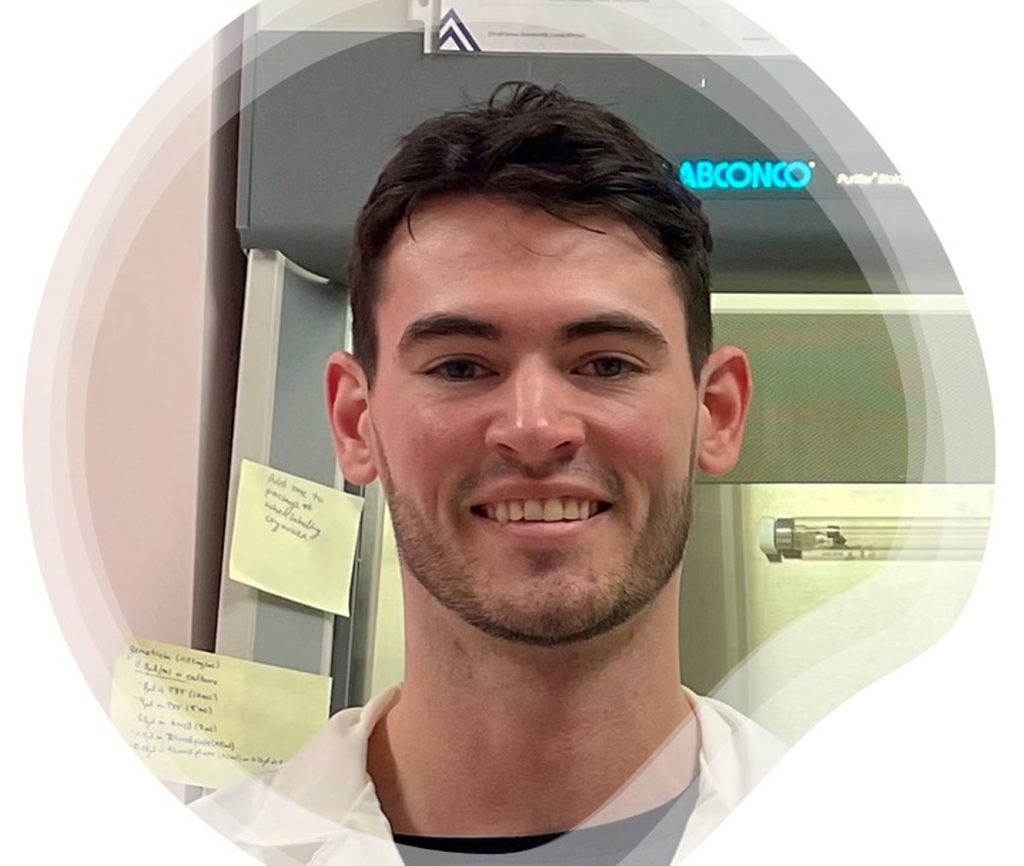2023-2024
Investigating miRNA as the switch for glucose metabolism in aggressive breast cancers. I am looking at how the oncogenic miRNA that we study is impacting energy production pathways in breast cancer cells. Specifically, how they change the use of glucose, a primary source of energy for growing and dividing cells. This work can result in the identification of new points for therapeutic intervention or the identification of markers for the presence and progression of the disease.
 Reid Opperman, Graduate Student
Reid Opperman, Graduate Student
My research project focuses on how breast cancer cells behave when challenged with oxidative stress and DNA damage. It is important to study this behavior because it may provide insight into how some breast cancers can become resistant to current chemotherapeutic treatments. Specifically, when microRNAs, miR526b and miR655 are overexpressed in poorly breast cancer cells in vitro, these cells adopt an aggressive phenotype. We aim to determine if miR526b- and/or miR655-overexpression alter how breast cancer responds to oxidative stress or DNA damage. The results of this project may aid in the discovery of new therapeutic targets to track and treat chemotherapy-resistant breast cancer.
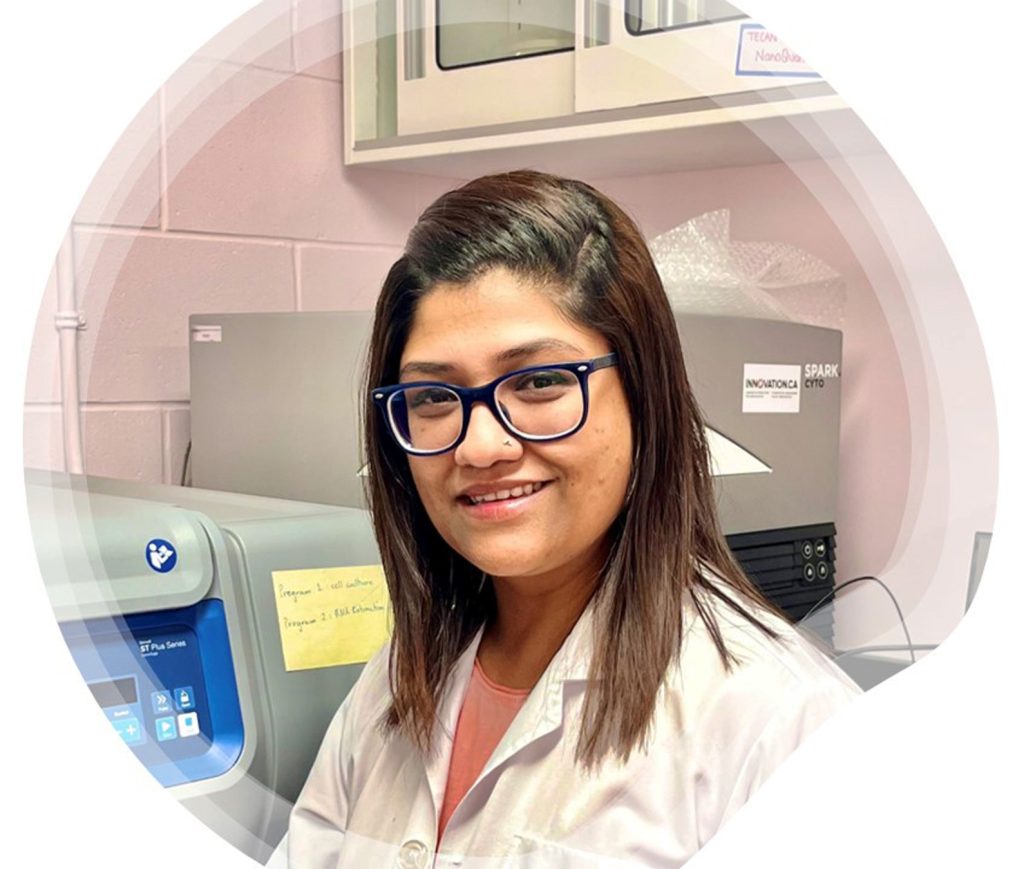 Shamima Nasrin Anonna, Graduate Student
Shamima Nasrin Anonna, Graduate Student
Role of TXNDC12 in tumor microenvironment of Breast Cancer.
Based on our previous bioinformatics analysis of microRNA (miR) 526b- and miR655 overexpressed tumor cell-free secretions, we observed that thioredoxin domain-containing protein 12 (TXNDC12-one of the eight differentially expressed markers) is significantly upregulated compared to miRNA low cell free secretome. As a member of the thioredoxin superfamily, TXNDC12 has been found to play role in mediating redox homeostasis both in vivo and in vitro. Additionally, it has been associated with promoting aggressive phenotypes such as epithelial-mesenchymal transitions (EMT) and metastasis. Given these findings, my current investigation focuses on elucidating the role of TXNDC12 in microRNA high breast cancer cell lines as well as the tumor microenvironment (TME).

Beatrice Gatien, Honours Student
I am investigating the role of oncogenic miRNAs (miR-526b and miR-655) in DNA damage response in breast cancer cells. I’ll be treating different breast cancer cell lines with doxorubicin (a chemotherapy drug that damages DNA) and observing the responses among miRNA-high and miRNA-low cell lines.
Vaishnavi Gopaul, Honours student
Investigating the mechanisms microRNA regulates upregulated markers in breast cancer secretome.
I am using mass spectrometry analysis of MCF7-miRNA-high compared to miRNA-low MCF7-mock tumour cell secretome, eight genes were identified. Of the eight identified secretome markers, myosin light chain 6B (MYL6B) and 14-3-3 beta (YWHAB) were upregulated in miRNA-high versus miRNA-low cell secretome. We are currently working on investigating the role miRNAs play in regulating MYL6B and YWHAB in breast cancer.
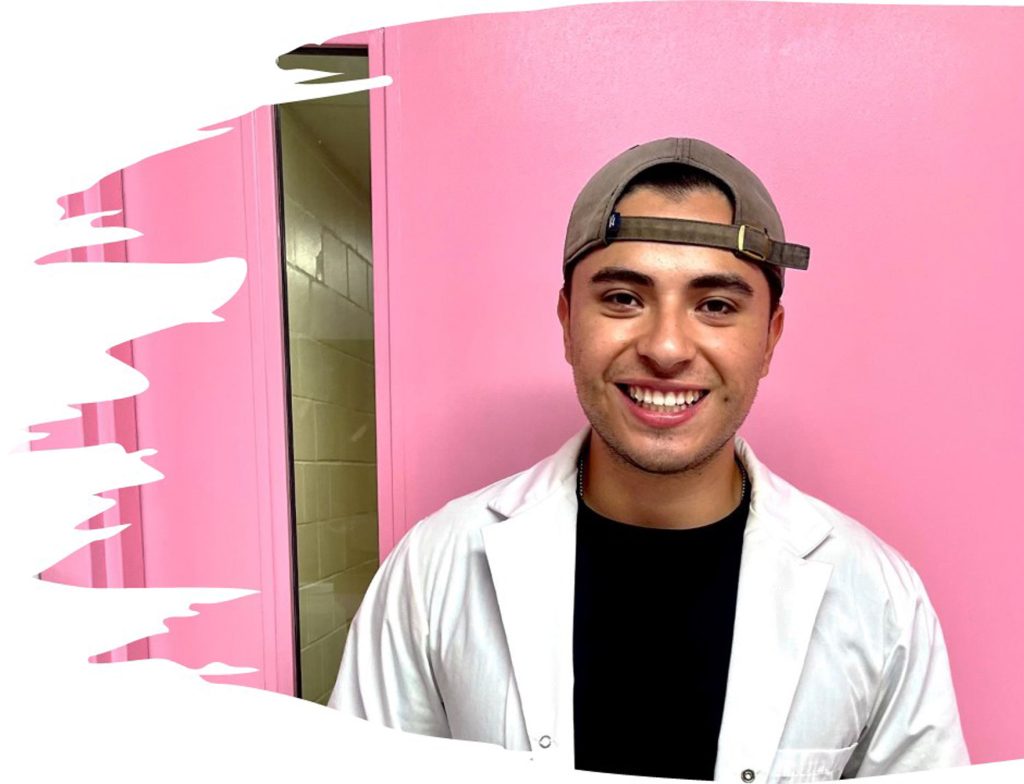
Jorge Chavez, Research Assistant
As a Lab research assistant, my roles include human cell culture and maintenance, cell counting, protein extraction from cells and tissue, formulating buffers and assisting with western blots. By helping the master students with data generation and analysis it allows us to work efficiently to provide accurate data. Outside the lab I enjoy working out, hanging with my dog and being outdoors.
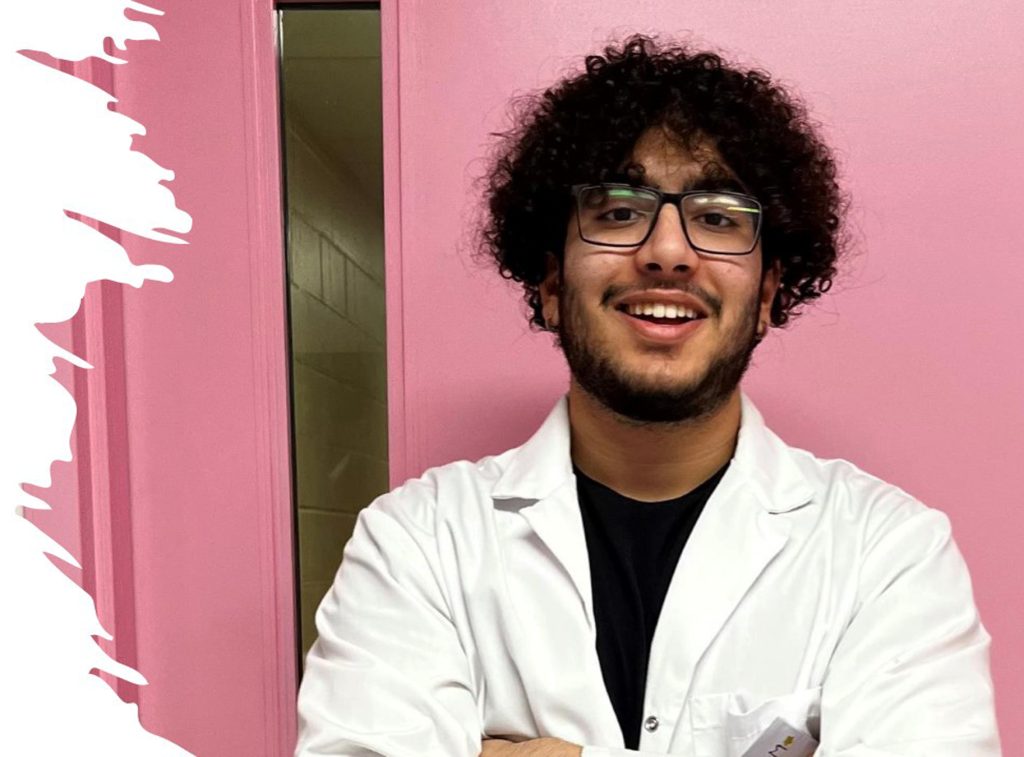
S. Ammar Mehdi, Research Assistant
I work with the senior students and assist them with their projects, using a hands-on approach to carry out laboratory procedures to generate and analyze data. Some of my other responsibilities include; seeding and maintaining cell cultures, preparing reagents, buffers and other consumables. I also perform a variety of assays with the rest of the research team to potentially refine therapeutic procedures by enhancing our understanding of cancer cells.
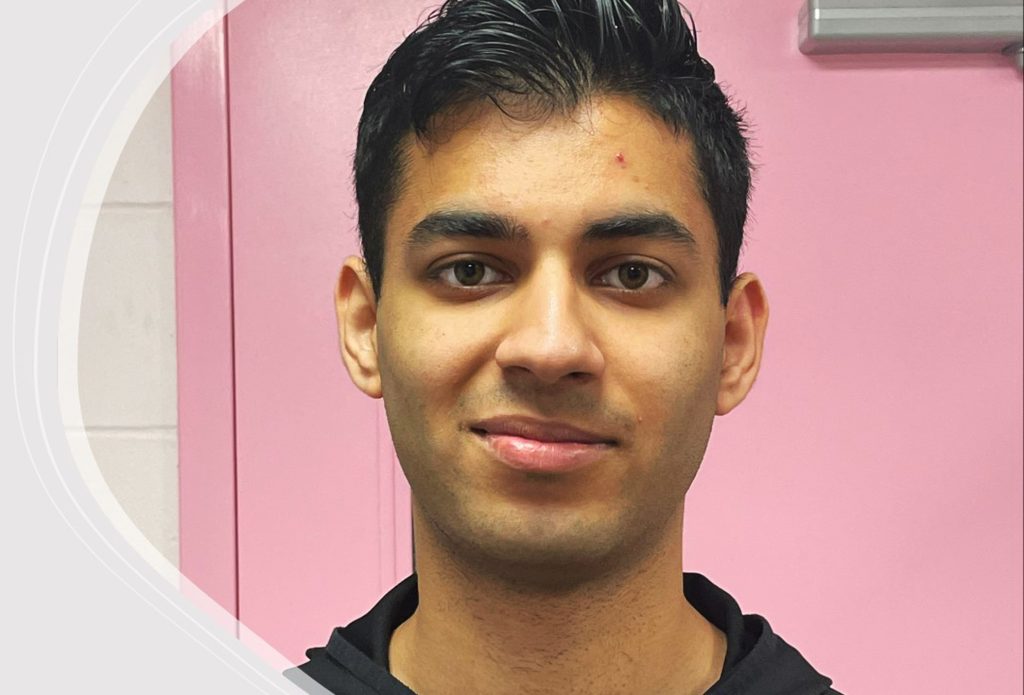
Muhammad Maaz Shabbir, Research Assistant
In my role at the breast cancer lab, I provide support to graduate students. My responsibilities span a wide range of tasks, including aiding in cell counting, tending to cell cultures, preparing western blot gels, formulating buffers, conducting image analysis, and managing the seeding and storage of surplus cells. By doing these tasks, I help make sure experiments and research projects run smoothly.

Antoni Klonowshi, High School Student Research Assistant
I help undergraduate and graduate students perform their experiments while gaining valuable laboratory experience and a comprehensive understanding of microRNA and cancer cell research as a high school student. I assist with general lab procedures such as maintaining cell cultures, preparing supplies and materials for experiments, helping with Western blots, and managing a constant sterilized pipette tip supply. Through learning about the nuances of cancer cells and by offering helping hands in the lab, I am very grateful to be part of the team in the journey to investigate breast cancer biomarkers and potential therapeutic targets.
Sujit Maiti, Research Assistant, Bioinformatics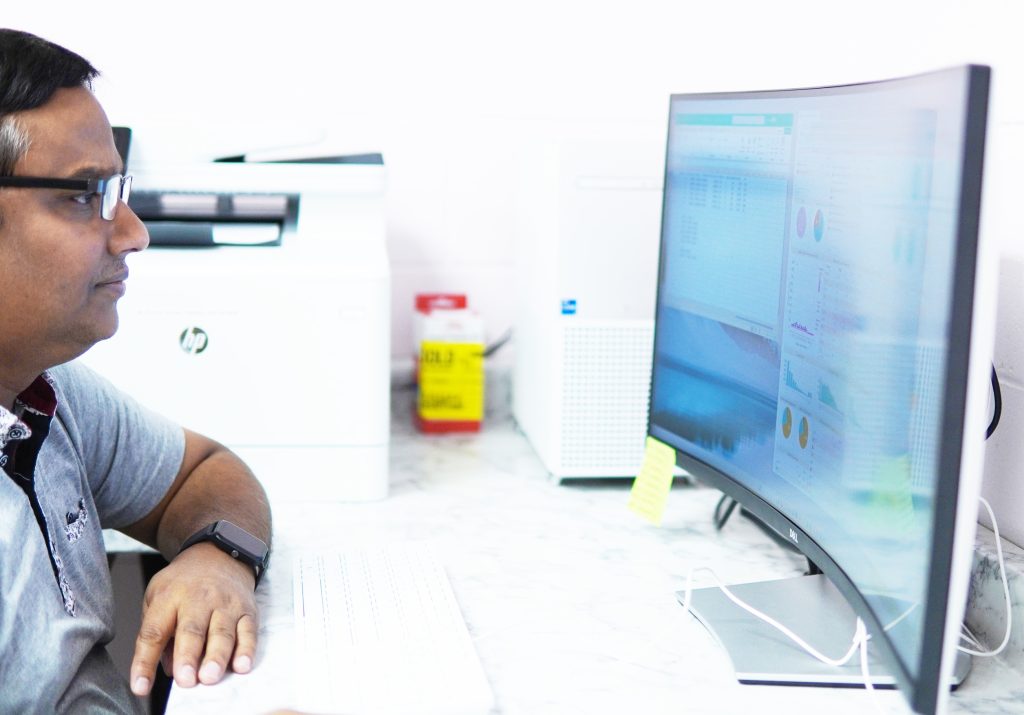
My main job in the Breast Cancer Cell and Molecular Research lab is to organize and analyze different types of lab-generated data. As a Bioinformatician, I work with DNA, RNA, miRNA, Protein, and molecular image data. I assist trainees in the Majumder lab to prepare scientifically meaningful figures and tables for scientific journal publication and funding applications. I also serve as a lab manager and provide technical support for any computer-related issues.

